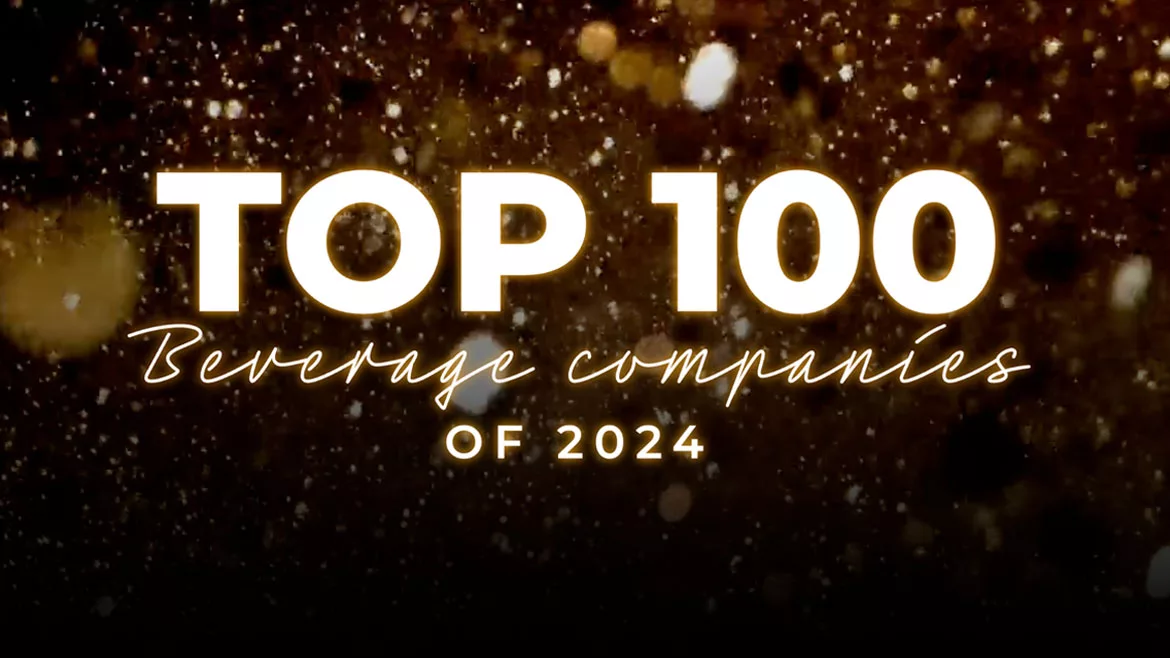Googled Yourself Lately?
Googled Yourself Lately?
By RENEE PAS
How beverage companies are increasing their Web
presence
Have you ever Googled your
company? Plug in your primary product offering and see if your company (and
competitors) shows up in the results. It’s one of the best ways to
determine if potential customers will find you, says Scott Buresch, chief
executive officer of Atlanta-based Web consulting firm Medium Blue.
“Google is a great way to find out what business
opportunities you are missing by not showing up,” Buresch says. The
more ways customers have to reach you online, the better, with portals
being one great way to add entry points.
A new beverage entry point is through the Society of
Wine Educators (SWE), Washington, D.C., which recently teamed up with Gallo
Winery, Modesto, Calif., on a new wine education Web site.
“If you have a good tool, everyone wants to use
it,” says Pat Dodd, director of marketing, wine education for E&J
Gallo Winery. That is one of the reasons Gallo decided to open the site to
distributors, competitors and consumers, serving as something of a portal
site.
It started with Gallo’s desire for a
long-distance learning approach to employee and distributor training. The
SWE partnership added legitimacy as a general-knowledge training site,
which was key to gaining participation among multi-line distributors, and
expertise on wines in areas of the world Gallo doesn’t have a
presence.
There are two ways to tap into the site:
gallowineacademy.com or societyofwineeducators.org. Both have the same
educational modules, but the Gallo site includes product information for employees and customers. Users can browse through wine courses
or test their wine knowledge with the trial exam for the Certified Wine
Specialist test. New modules will continue to be added, with a food pairing
module in development now, as well as a hand-selling module for those on
the retail and restaurant side.
Fun with beer, vodka and gin
Several other new beverage industry sites also are
designed to educate, inform and entertain. The National Beer Wholesalers
Association (NBWA) launched goodbeerfun.com to give consumers an
interactive way to learn more about the beer industry. It’s also a
way to educate opinion leaders.
The NBWA promoted the site to members of Congress as
its August recess kicked in. Erin Rutherford, NBWA communications manager,
says the site is probably most visited by congressional staff, and is
helping bring greater awareness to beer.
The site includes a 14-minute video about the beer
industry from Prohibition to today, plus vintage beer commercials and a
beer trivia section.
Grey Goose Vodka, Miami, has a new interactive Web
site that launched in July. The site features imagery of photographer Miles
Aldridge and a soundtrack by a hip Electronica group Clifford Gilberto
Rhythm Nation.
Visitors to the site, greygoosevodka.com, can take a
virtual tour of the Cognac region of France for information about the
heritage and distillation of Grey Goose Vodka, or head to a chic bar for
cocktail recipes. The site also contains a section highlighting Grey Goose
sponsorships and charity partners, plus a “World’s Best”
section that reviews new, non-beverage products, such as a leather
MacKenzie Northwest Peter Jacobsen golf bag.
Also this summer, Plymouth Gin launched an online
distillery tour at plymouthgin.com that takes users through the production
process. The intent is to educate consumers about Plymouth Gin, says
Jeffrey Moran, director of special events and public relations at The
Absolut Spirits Co., the U.S. importer of Plymouth.
Moran believes having an Internet presence is an
important part of the marketing mix and a way for consumers to interact
with the brand. “We will always consider the Web in our marketing
campaigns,” he says, “especially as the Internet’s
capabilities continue to grow.”
Consumer sites
One wouldn’t do justice to the Internet if he or
she didn’t mention eBay and the overall influence of John Q. Public.
Coca-Cola tapped into the power of eBay for Coca-Cola
Zero by putting a sample pack for auction prior to the national launch. It
received 58 bids; the winning bid was $2,750. Proceeds went to the American
Red Cross.
No word on whether Coca-Cola would do this kind of
promotion again, but the marketing strategy was certainly a first.
Consumers seek many things on the Internet, from buying products to
researching items.
For opinions on energy drinks, many visit Ben and Dan
Designs at bandddesigns.com/energy, which has more than 100 energy drink
reviews. The reviewer is Dan Mayer, a post-college twentysomething who
happens to really like energy drinks. His friends started asking him his
opinion so much he started posting reviews. Then when Yahoo! made it its
site of the day, hits catapulted to 3,000 per day and Investors Business
Daily called. Let’s put it this way, his opinion about energy
drinks matters to consumers.
“People read my reviews to find out if they are
interested in trying it,” says Mayer, who ranks the products on
taste, alcohol-hiding ability, cost and “pump upedness.” His
reviews now show up in college newspapers and are linked to several other
Web sites.
Manufacturers have also taken notice of the site; many
send samples and some support the site through sponsorships. It is just one
of the many ways marketers are getting more involved with the opportunities
on the Internet. BI
Optimizing your site
While funky Web designs look nice, you want a point of
action. “It’s a business forum, not an art forum,” says
Scott Buresch, chief executive officer of Medium Blue. He works with a lot
of companies that have a Web presence that he says is not really doing
anything for them, and specializes in optimizing companies’ Web
presence.
Buresch advises forgoing glitzy, gimmicky Web designs
in favor of clean, functional sites. He believes the investment is better
spent on traffic and conversion of the site.
Buresch’s Web tips:
Skip the intro. At a minimum, allow the user
to skip it. More than 90 percent of people never view the intro, even
if they haven’t seen it before.
Find more portals. The more involved you are in
portals, the more outlets users have to reach your site.
Cleaner is better. Don’t clutter the site
with too many bells and whistles; you’ll just insult users.
Usability is key. You want people to stay on
the site once they get there.
Don’t build by committee. Determine the
business case for having something on the site; there should be a
reason.
Review periodically. Go back and see if
some thing has changed in the company or industry that should be added
or eliminated from the site. Not enough companies do that.
Looking for a reprint of this article?
From high-res PDFs to custom plaques, order your copy today!


